Posted on 7/29/2024
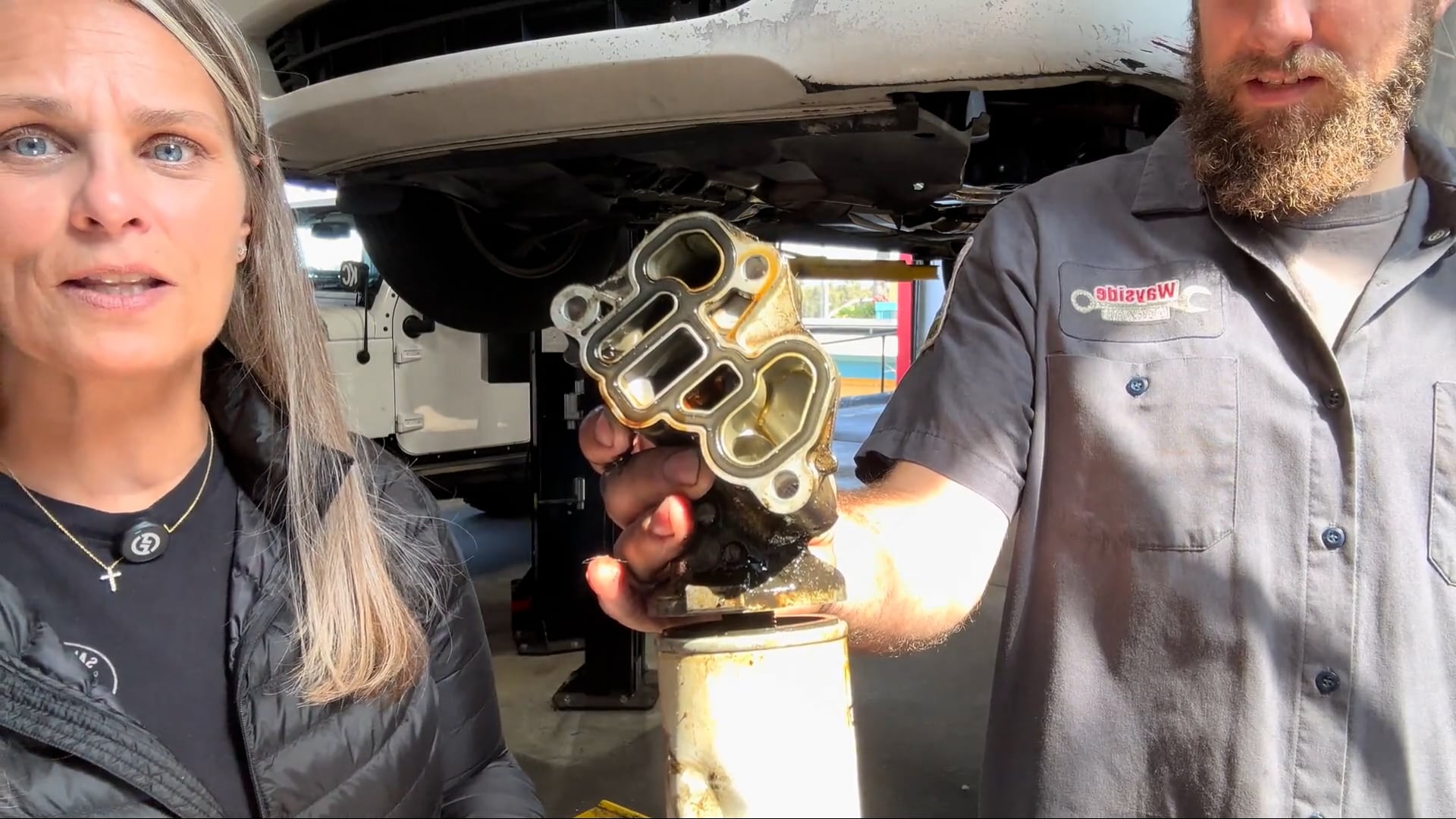
If you own a Honda Odyssey and have noticed oil spots under your vehicle, you're not alone. Oil leaks are a common issue, especially as vehicles age. Let's dive into why your Honda Odyssey might be leaking oil and how Wayside Garage can help keep your vehicle in top shape. Common Causes of Oil Leaks One of the most common causes of oil leaks in a 2006 Honda Odyssey is a faulty oil filter housing seal. Over time, the rubber seals can dry out and crack due to exposure to engine heat and pressure, leading to leaks. The oil filter housing mounts to the engine block and houses the oil filter, making it a crucial component in maintaining proper oil pressure and cleanliness. Symptoms of a Faulty Oil Filter Housing Seal Oil spots: Noticing oil spots under your car is a clear sign of a leak. Oil residue: Finding oil around the engine block or oil filter housing indicates a possible seal failure. Oil level: A dropping oil level on the dipstick is a ... read more
Posted on 4/22/2024
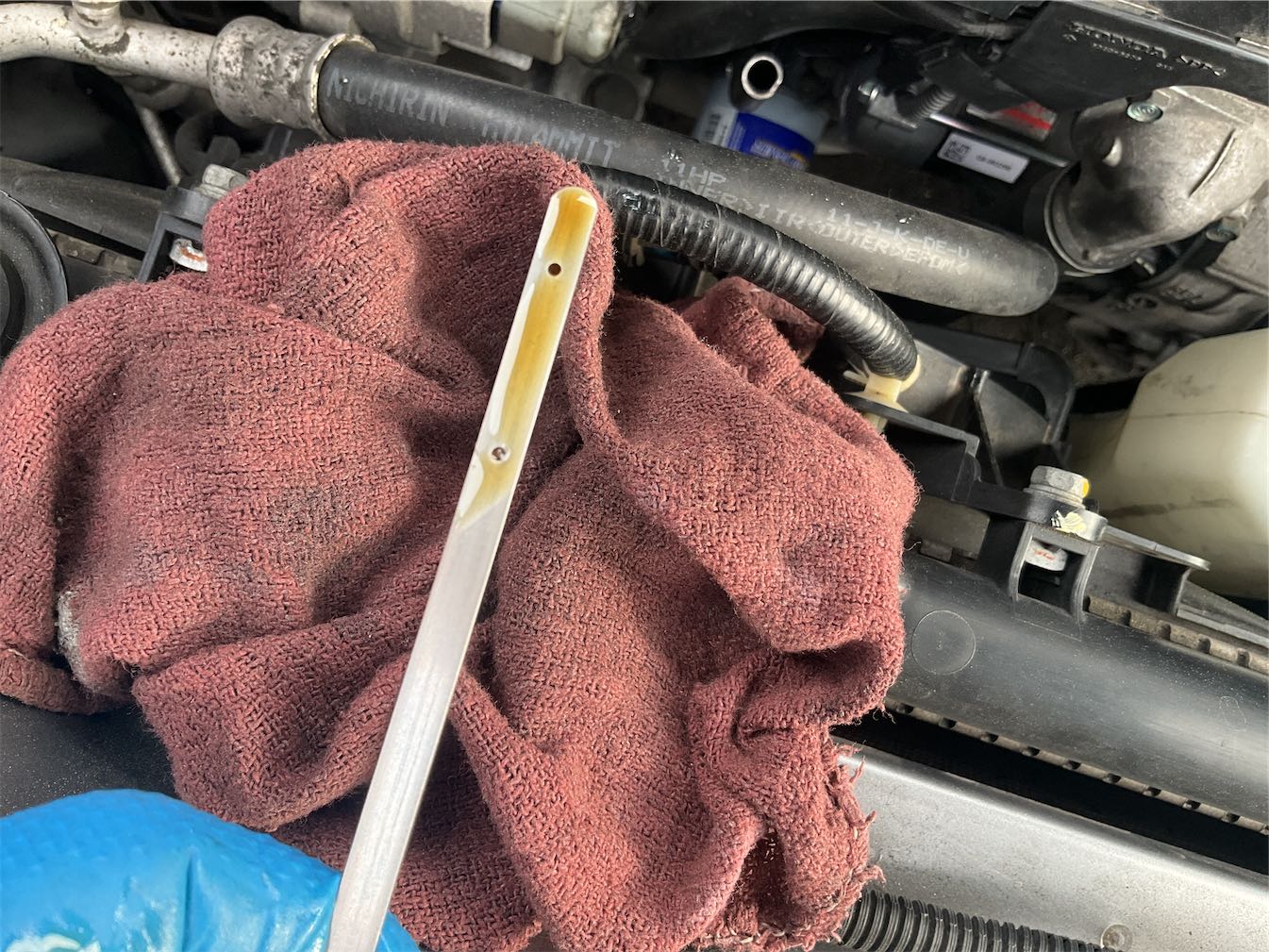
Why Does My Car Rattle When I Drive? Are you hearing rattling noises coming from your car while you drive? Don't ignore them! At Wayside Garage in Seaside, CA, we understand that these rattles can be concerning, and we're here to help diagnose the issue and get you back on the road with confidence. Loose Exhaust System: A common cause of rattling noises is a loose or damaged exhaust system. Over time, the metal components of the exhaust system can wear down or become loose, leading to rattling sounds as you drive. If you suspect an issue with your exhaust system, it's important to have it inspected and repaired quickly to prevent further damage and ensure your safety on the road. Worn Suspension Components: Another potential culprit for rattling noises is worn suspension components. Components like struts, shocks, or control arms can wear down over time, leading to rattling or clunking sounds as you drive over ... read more
Posted on 4/22/2024
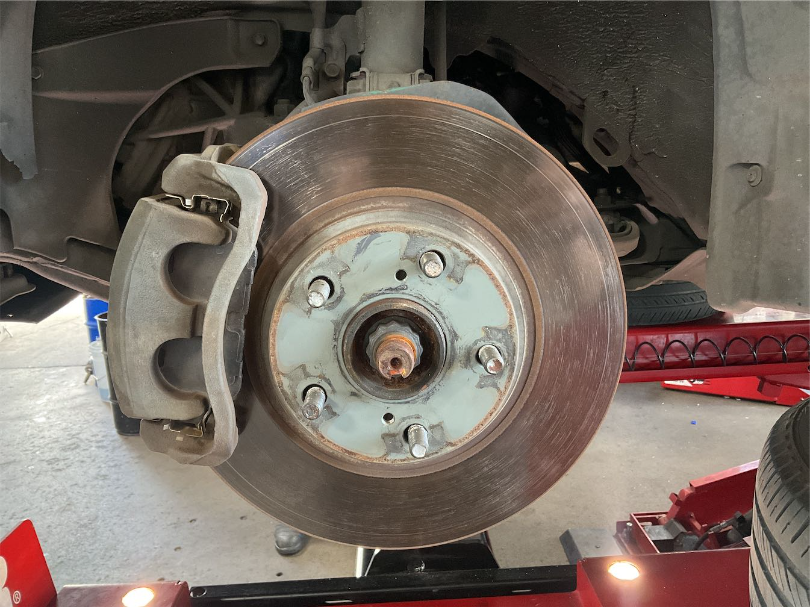
Why Does My Car Squeak When I Drive? Do you ever ask yourself, "Why does my car squeak when I drive?" It's a pretty common concern for drivers. There are several possible reasons behind those annoying squeaks. Fortunately, at Wayside Garage in Seaside, CA, we're here to shed some light on this issue and offer solutions to get you back on the road smoothly. 1. Worn Brake Pads: One of the most common reasons for squeaking while driving is worn brake pads. When brake pads wear down, a metal wear indicator can come into contact with the rotor, causing a squealing sound. If you notice this noise, it's important to have your brakes inspected and replaced if necessary to ensure safe driving. 2. Loose or Worn Belts: Another culprit for squeaking noises could be loose or worn belts in your engine. Over time, belts can become loose or develop cracks, leading to squeaks as they rub against pulleys or other compone ... read more
Posted on 4/17/2024
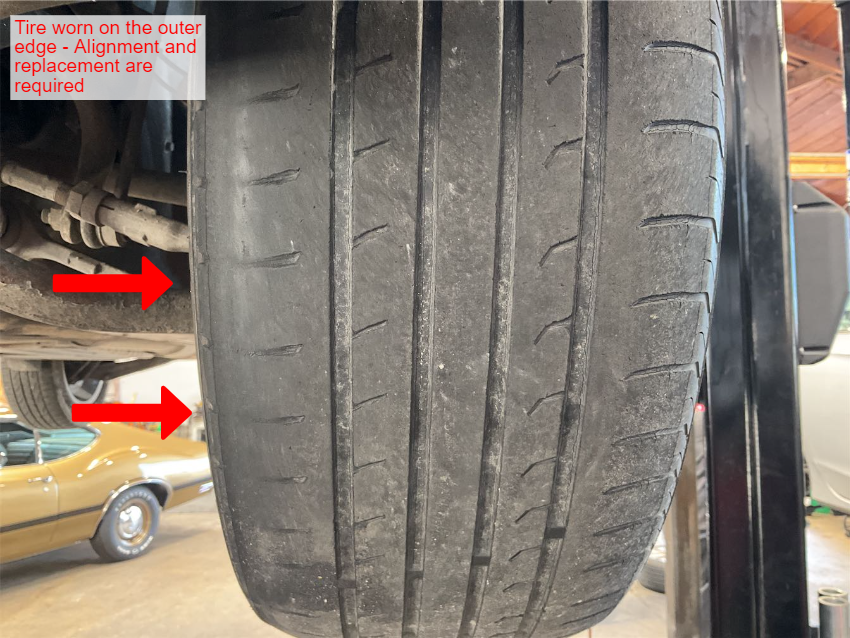
Why are my tires wearing on the outside? When your tires show more wear on the outside, it usually indicates a few potential issues with your vehicle’s alignment, suspension, or driving habits. Let’s break down the common causes: 1. Improper Wheel Alignment: Wheel alignment is crucial for even tire wear. If your alignment is off, particularly if the wheels are angled outward at the front, it can cause the outer edges of your tires to wear down faster than the middle or inner parts. Getting regular alignments can help prevent this uneven wear. Understanding Wheel Alignment To fully grasp how alignment affects tire wear, it's important to understand the key components involved: Wheelbase The wheelbase refers to the distance between the front and rear axles, measured from the center of the hub. An unequal wheelbase on either side of your vehicle might indicate issues with suspension components, such as being worn, be ... read more
Posted on 4/1/2024
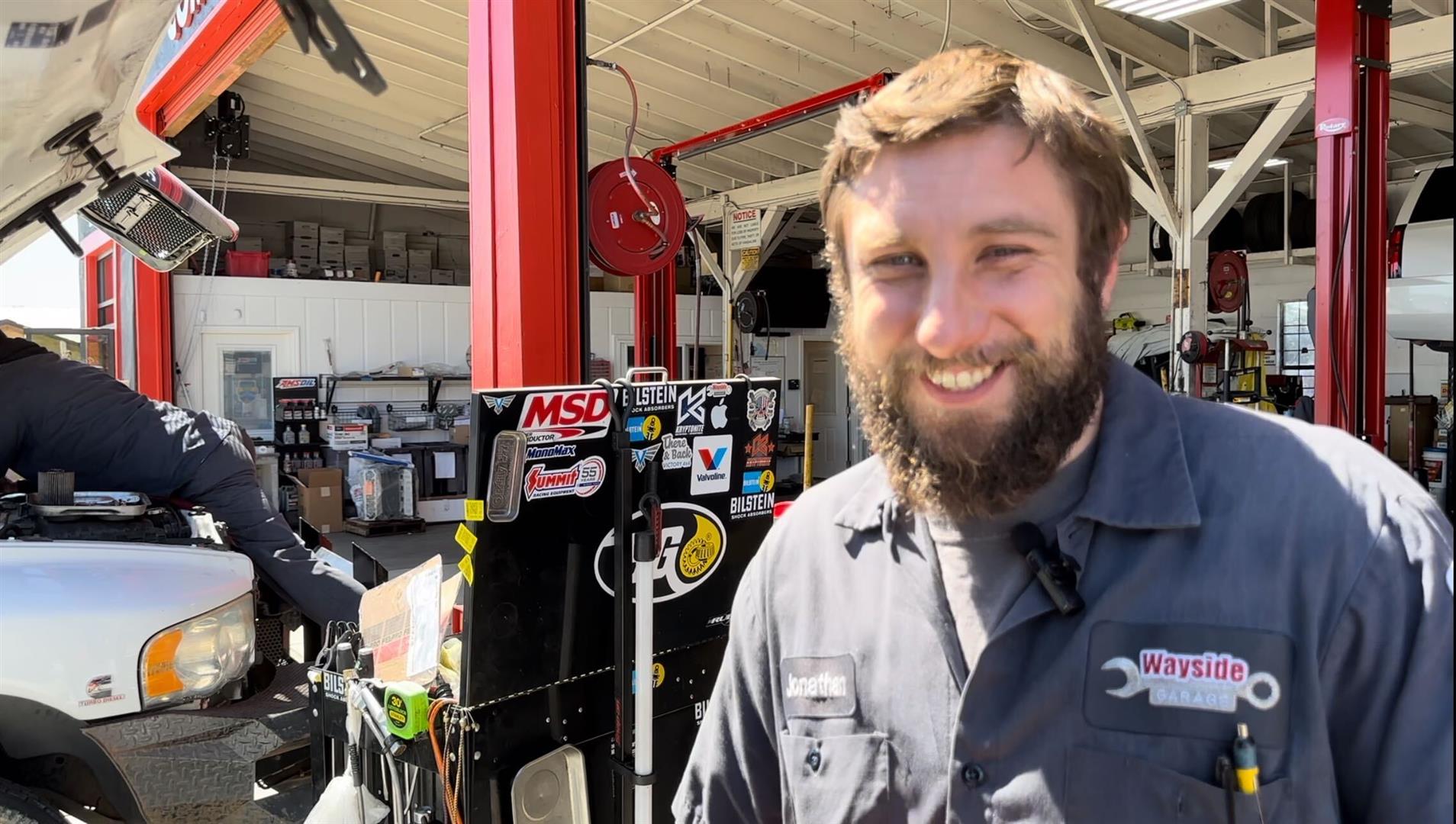
If your car has overheated, it's crucial to address the issue promptly to prevent further damage. Here's what you can do: 1. Pull Over Safely: As soon as you notice the temperature gauge rising or steam coming from under the hood, safely pull over to the side of the road or into a parking lot. Turn off the engine immediately to prevent further overheating. 2. Allow Engine to Cool: Do not attempt to open the hood right away, as it can be extremely hot and dangerous. Allow the engine to cool down for at least 30 minutes before attempting to open the hood. 3. Check Coolant Level: Once the engine has cooled, carefully open the hood and check the coolant reservoir. If it's low, add coolant to the appropriate level. Be cautious, as the radiator and coolant can still be hot. 4. Inspect for Leaks: Look for any signs of coolant leaks under the car or around the engine. Leaks can indicate a damaged hose, radi ... read more